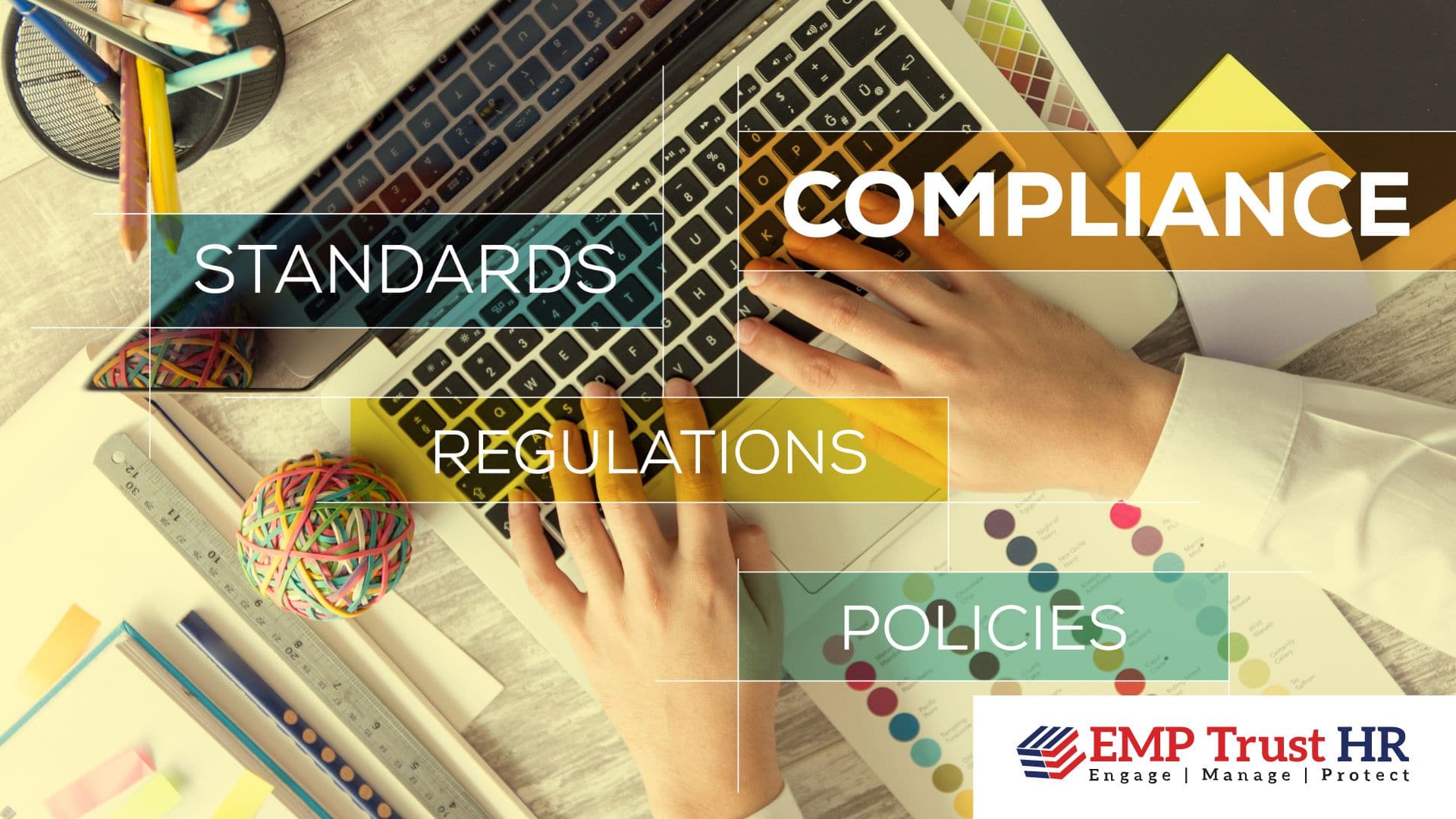In the past few years, social media has significantly altered the nature of the workplace. It affects how we learn, how we handle internal communication, how we establish our employer brand, and even how we recruit. There is an increase in internal social media networks.
Social media has significantly altered our social life, but it is also having an impact on and revolutionizing the workplace and human resources. According to a study of more than 2,000 employees, 50% of workers post content on social media that is connected to their jobs, including images or videos. Some organizations may be concerned about the usage of social media, but other businesses have chosen to harness it and use it for their benefit. After all, starting to integrate social media into HR strategy seems to be a natural and logical move given that employees have already invested so much in it.
What is internal social media?
Internal social media is the application of social media to advance an organization’s goals through communications amongst and among its personnel. It can take one of two forms:
-
Enterprise social media
is social media that has been specifically designed for intra-organizational communication. Applications like Facebook Workplace and Yammer, which connect organizations remotely and offer capabilities like the ability to message anyone in a user’s organization or share postings with co-workers, are two examples.
-
Well-known social media sites
where content is shared with both the organization and the general public, such as Twitter and LinkedIn. This is the more prevalent type since it is less expensive and workers are already accustomed to these networks. Remote horizontal and vertical communication across firms is made easier by internal social media. Employees can develop new relationships and deepen current ones by publishing, streaming, commenting, and chatting. Ideas and information from the workplace can be promptly shared to increase organization efficiency.
Employee voice
Employee voice is another important factor in employee engagement. Employee voice is simply the capability of employees to express their opinions about the organization. A trade union, an employee engagement survey, or possibly the employee’s preferred social media sites could be used to amplify this voice. Employees will inevitably post about their jobs on social media, which is why it’s crucial to have an HR social media policy.
On social media, voice works both ways. Employee engagement increases the likelihood that an employee will share material or speak well of the organization, helping to promote the company’s image and employment opportunities. According to research, people continually value the opinions and shares of genuine individuals over those on corporate websites. If supported, employees could be the strongest social ambassadors.
Social leaders
Leaders are starting to realize the significance of social leadership more and more. Social media is an excellent instrument for senior managers to interact directly with their workforce, regardless of location or organizational structure, and to listen as well. Leaders that tweet, share, blog, and are active on the same social media platforms as their staff members can inspire, but more significantly, they can help with employee engagement.
Social Media Encourages Camaraderie
Making deep connections with co-workers improves employee engagement, performance, and morale in addition to making lunchtime more enjoyable. Social media gives access to a virtual water cooler where employees can connect and share interests, fostering stronger bonds and a better work atmosphere.
STATISTICS FOR SOCIAL MEDIA AT WORK:
The top three reasons why workers use social media at work are to take a mental break (34%) from their jobs, interact with their loved ones while working (27%), and foster professional relationships (25%).
Other close runners-up for reasons why employees use social media at work include finding information that helps them with their jobs (20%), improving relationships with co-workers (17%), learning more about someone they work with (17%), and asking questions about their jobs to people inside or outside the company (17%).
Top social media and employee engagement suggestions
As seen, combining social media with employee involvement is really effective. What can be done, therefore, if a company wants to become more social in order to reap the rewards of employee engagement?
Teach employees.
Social media and how to use it effectively are topics that not everyone is familiar with. This means that organizations need to first help employees grasp what’s in it for them before assisting them in acquiring the skills required to get started.
Get leaders involved.
Sell them the benefits of using social media, but keep in mind that they may also require training.
Enlist social media champions.
There will be supporters of all things social working for an organization internally. Once found, use them.
Utilize social media to hear what others have to say and think about the business.
Observe review websites in particular. No matter if the organization is participating in the conversation or not, the conversation is already in progress.
Data source:
*Pew Research Center “ Social Media Use in 2021”



